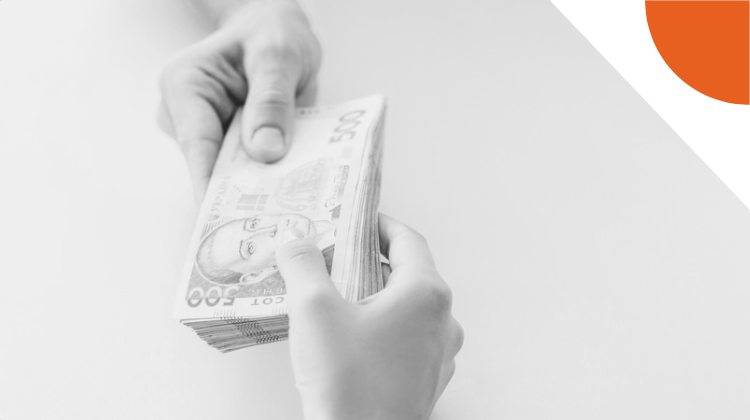Lending
With student debt at $1.6 trillion, who is burdened the most and what is being done about it?
- Student debt is the second largest form of household debt after mortgages, amounting to $1.63 trillion last year.
- Student debt is a growing concern for many, but when it comes to legislation it has proven to be a divisive issue.








